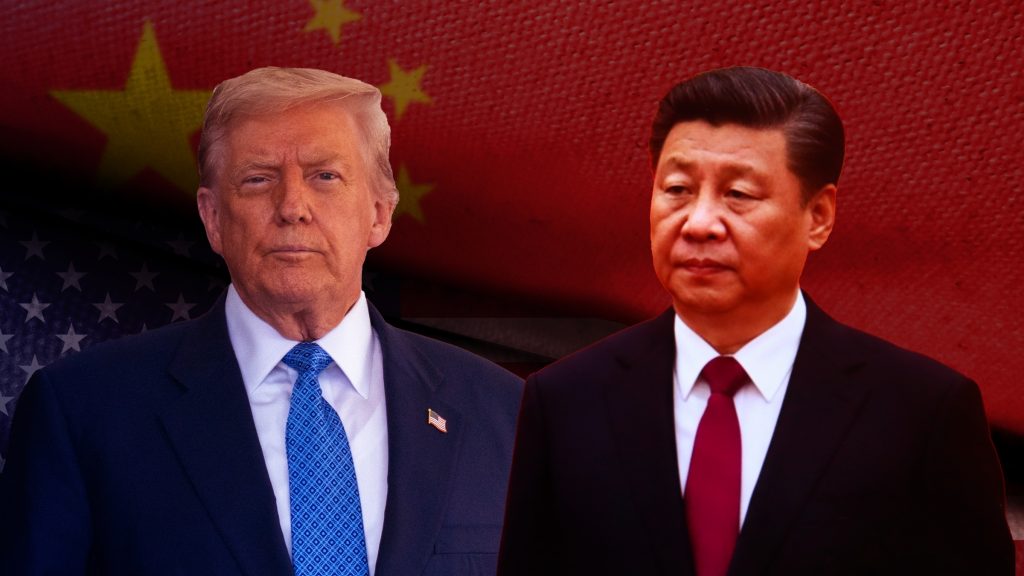
Alaska Gov. Mike Dunleavy and former President Donald Trump backed a major discovery near Nome, Alaska, where GraphiteOne uncovered vast graphite and rare earth discovery of element reserves that could significantly weaken China’s grip on global mineral supply chains.
The arctic rare earth announcement marks a strategic breakthrough for the US, which has remained more than 90% import-dependent on rare earth elements (REEs) and graphite, according to the International Energy Agency.
The Graphite Creek site already considered the nation’s largest graphite deposit, now appears even more critical after confirming the presence of key REEs long dominated by Beijing.
A source familiar with the project said the new findings align with Trump’s “American energy dominance” agenda, raising the stakes for Washington as China continues to weaponize its mineral supply chain exports.
US Influences Discoveries Amid Mineral Competition
Batteries, fiberoptics, magnets, renewable energy systems and consumer electronics rely heavily on REEs making China rare earth monopoly near-total control a long-running vulnerability for Us industry. PRNewswire reported that China’s 2024 export limits on magnet-related REEs further underscored that dependence.
GraphiteOne President Anthony Huston said the Nome discovery confirms a “truly generational deposit.” According to the company, some materials extracted in Alaska will be shipped to an advanced graphite and battery anode plant in Ohio.
Huston said the site contains critical mineral supply that are two materials qualifying under the Defense Production Act and emphasized that the added REEs could enhance the project’s value, “the presence of Rare Earths at Graphite Creek suggests that recovery as a by-product to our graphite production will maximize the value.”
The newly identified REEs include neodymium, praseodymium, dysprosium and terbium, along with garnet-bearing ore that can absorb certain REEs. Dunleavy praised the discovery in his State of the State speech, calling GraphiteOne the largest such project in North America and highlighting Alaska’s role in supplying metals that are “transforming the 21st century” and reducing reliance on “entities of concern.”
Beyond Alaska, Pennsylvania’s anthracite coal fields have also revealed up to 17 different REEs, offering another potential challenge to Beijing’s rare earth discovery dominance.
Europe to Reduce Dependence on China Rare Earth Materials
Like the US, Europe rare earth remains deeply exposed to Chinese mineral leverage. Officials from Germany and the Netherlands traveled to Beijing this week to address China’s export controls on REEs and semiconductor materials.
According to the IEA, China accounted in 2024 for 59% of global rare earth REE mining, 91% of refining and 94% of permanent magnet manufacturing a concentration that has left “strategic sectors – such as energy, automotive, defense and AI data centres – vulnerable to potential disruptions.”
Although China suspended new export controls for 12 months under a recent US-China treaty, EU leaders warn that diversification is urgent. European Commission President Ursula von der Leyen launched the “RESourceEU” initiative to boost recycling, joint purchasing and new partnerships with countries such as Canada, Australia and Greenland.
Experts say Europe’s rare earth discovery path will be long. Environmental hurdles, public opposition and limited refining capacity continue to slow development. As analysts noted, shortages of rare earths and technology could hinder semiconductor production, AI advancement and renewable-energy deployment — proving that neither the US nor Europe can secure a green or digital future without reshaping their mineral supply chains.
Inside Telecom provides you with an extensive list of content covering all aspects of the tech industry. Keep an eye on our Tech sections to stay informed and up-to-date with our daily articles.